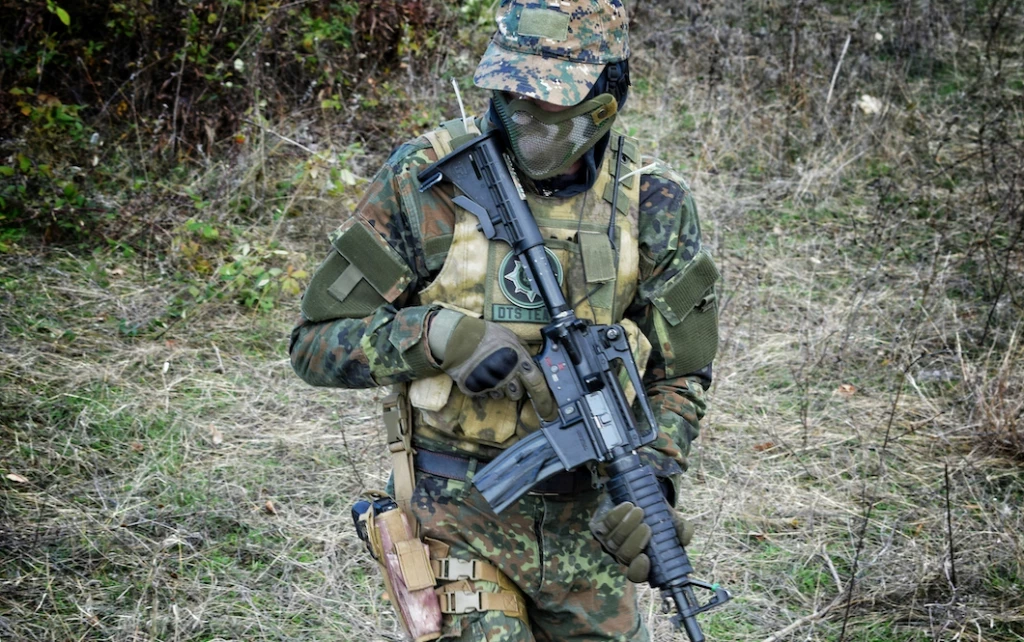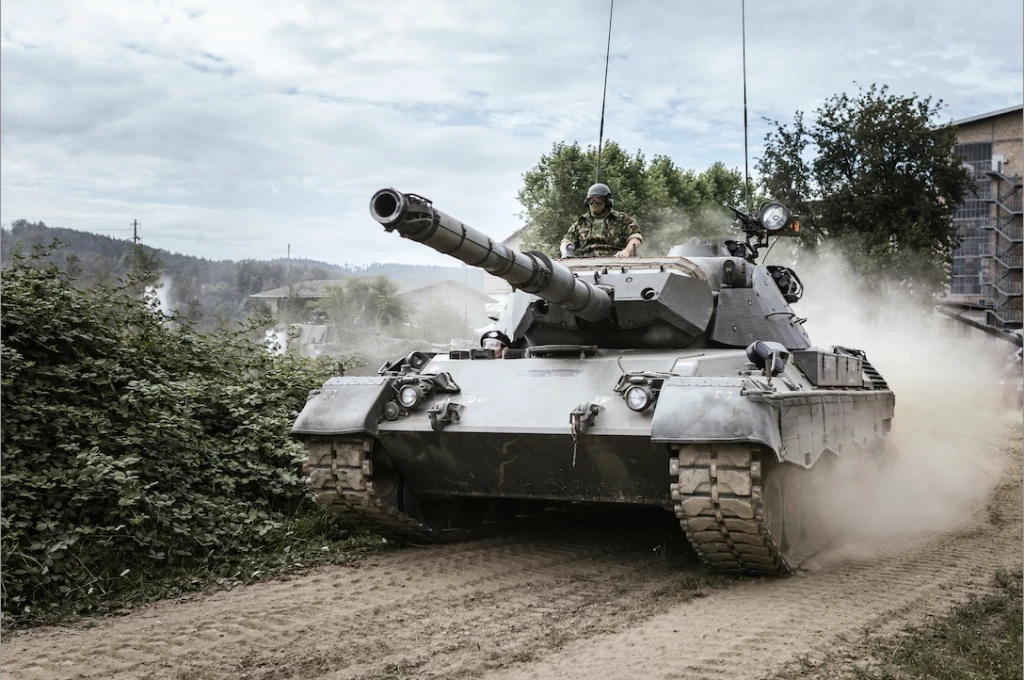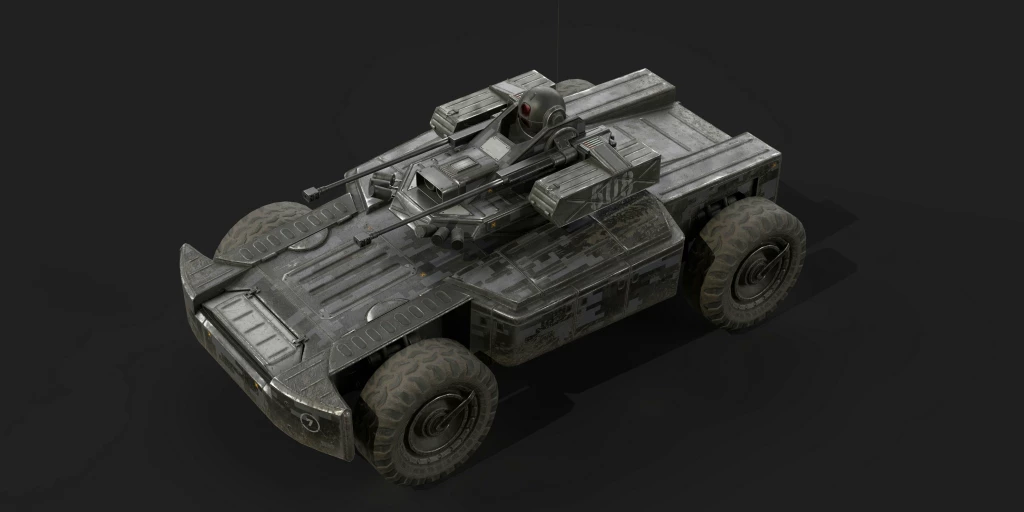Are smaller and more mobile artillery assets the future?
Recent combat experiences, such as the Ukraine conflict, are suggesting ‘swift’ firing position changes, a practice naturally challenging for drawn heavy mortars
Add bookmarkThe Austro-Asian artillery alternative
This article originally appeared in the Defence Industry Bulletin: Issue 20
For smaller or (chronically) underfunded armies, heavy mortars – like the 120mm calibre – have developed into an acceptable alternative to ‘classic’ artillery. Today, a matured 155mm capability requires a heavy self-propelled (and thus special) vehicle. This means spending several years in the procurement cycle and one or two zeros added to the price tag.
155mm artillery. Source: Shutterstock
However, recent combat experiences, such as the Ukraine conflict, highlight the need for ‘swift’ firing position changes, a practice that is naturally challenging for drawn heavy mortars.
There are up to a few minutes to the enemy‘s fire response – at best. Mobility has become essential. An innovative niche concept-agreement for fire support was presented in Paris this year. Under Austrian leadership and with ammunition from Hirtenberger (HDS), an unexpected joint weapon approach is emerging from Singapore. The HDS senior staff gave us the details/
RECOMMENDED: HIMARS: Capabilities and market prospects
At Eurosatory, Hirtenberger Defense Systems (est. 1860, and often referring to itself as ‘The Mortar Company’) presented a product-related collaboration-project with ST-Engineering Kinetics (their former Land- Systems Department) from Singapore, centred around their futuristic 120mm SRAMS or ‘Super Rapid Advanced Mortar System’.
Through HDS’s UK office, the organisation targeted the European market, an otherwise difficult prospect for a medium-size company from SE-Asia.
The fire-control system and various types of NATO-qualified ammunition have already been approved in Europe thanks to the Austrian element. Among the munitions, in addition to smoke, light- or IR-(parachute) bombs, they now offer a highly explosive solution in the form of HE CONFRAG Mk.3, with 60 percent increased splinter effect (or, using the technical term, lethality). CONFRAG is also offered for the 60mm and 81mm launchers in the HDS portfolio.
According to HDS Vice President of Sales and Marketing, Carsten Barth, “the idea is to provide the ability for accurate fire support, while being mobile in a short amount of time is essential, as counter-battery fire capabilities improve and the time between first firing and response fire decreases to just a few minutes.
That is likely too short for a towed system to get away in time. This is what European armies have learnt from the 2014 Eastern Ukraine engagements, where whole units were literally wiped out by very accurate indirect Russian MLRS-artillery fire.”
Russian 'Smerch' MLRS system. Source: Shutterstock
Barth further underlined the benefits of this concept with ST. "The sophisticated recoil damping of the SRAM to less than 26 tons makes it possible to be fired from a variety of wheeled or tracked vehicles, already introduced on the market or in the inventory of various armed forces.
RECOMMENDED: 'Back to basics' approach could help African joint fires
The system can be installed on 4x4 platforms or ‘Hägglund’-type vehicles retrospectively, as well as of course on the whole range of 6x6 and 8x8 multi-purpose wheeled or tracked multi-purpose vehicles.
Subsequently, for customers – unlike with self-propelled artillery – the budgetary and logistical effort to tender, acquire and operate a whole new and dedicated vehicle is avoided. On the other hand, in utilising a heavier system like a 120mm, larger vehicles or more support-vehicles are required to carry a sustainable amount of ammunition. And with CONFRAG you need less ammunition, which will make a difference in the 120mm mortar market.
“It’s a good situation for customers to not have to qualify everything from scratch – no qualification of the weapon and independent qualification of the ammunition. We can, therefore, anticipate an increase in demand from customers, while the market for mobile and vehicle-mounted mortar systems and via third-party vehicle manufacturers also looks convincing. Taking the recent success of the Rheinmetall/KMW Boxer in Australia and the UK’s interest, we’re closely following these developments.”
RECOMMENDED: Russia would ‘overwhelm’ Nato land forces
Prior to the agreement with HDS, the SRAMS system already became operational with the Singaporean Armed Forces on the Bronco all-terrain tracked carrier (ATTC), and with the UAE on its Denel OMC RG31 Mk.6E mine-protected armoured vehicle (MPV), called the Agrab (Scorpion) MK2. The UAE bought 46 Agrabs in a 2007 contract, then worth 390 million Dirham (US$ 106m). The 3-man operated 10-ton vehicle carries 46 mortar rounds in two carousels and has two further racks for another 12 rounds.
While TV images captured the system deployed in the Yemen War, UAE’s ammunition is not from HDS but from local manufacturer International Golden Group. HDS’s fully electronic Arc Fire fire control system – with components from Rockwell Collins – allows a completely autonomous use of the effector and opens up a range of application variants. The computer-assisted fire control automatically takes the data from the handheld of the forward observer – who may be out in the field dismounted or in another vehicle (or a helicopter) – and marks targets up to a distance of 9,000m out while computing the relevant ballistic data. It uses laser target acquisition, a GPS navigation system and a digital map.
Paris witnessed HDS-mediated live firing demonstrations, which would otherwise have been difficult to organize in Europe for the ST team’s chief engineer James Teow Soon Ng and General Manager Chor Kiat Tan. Similar tests were witnessed in September at the Austrian Federal Army‘s firing range in Felixdorf, run by their department of armaments and defence technology. At only a few kilometres from HDS head office and production site in the Triesting valley south of Vienna, guests included military, government and industrial representatives from countries such as Germany, Latvia, Estonia and Slovenia – all potential customers that the Singaporeans get less opportunity to meet. Defence Industry Bulletin was also in attendance.
RECOMMENDED: SitaWare battle management proving a boon to artillery
Because of the rigid (yet understandable), safety requirements of the Austrian military, only (blue) training ammunition with a correspondingly small target-marking charge was allowed to be used in these demos.
Therefore expectations of intense, shattering firepower were replaced with tiny grey puffs that were barely visible to the naked eye at observer distances. However, what was demonstrated very well – thanks to two loaded grenades during a fast-rate firing of up to 10 rounds per minute – was the semi-automatic loading-system (ALS) which lifts the ammunition along and over the mouth of the 2.1 m long barrel and its double-sided muzzle blast diffuser in seconds, inserting it from the front. The diffuser reduces the high blast overpressure to below the allowable limit for the crew to operate safely during prolonged or rapid firings.
Nevertheless, any trade-off between mobility and firepower calls into question the size of the mortar and the concept of its operational deployment. A heavier system – like a 120mm – might require a larger vehicle to carry a serious amount of ammunition. While SRAMS can be installed and operated on a 4×4, this case will likely require a higher number of additional support vehicles for a successful deployment. This may, in turn, lead to higher support costs and an increased number of crewmembers to operate a single unit. Therefore, to introduce such a concept remains a question of assessment.























